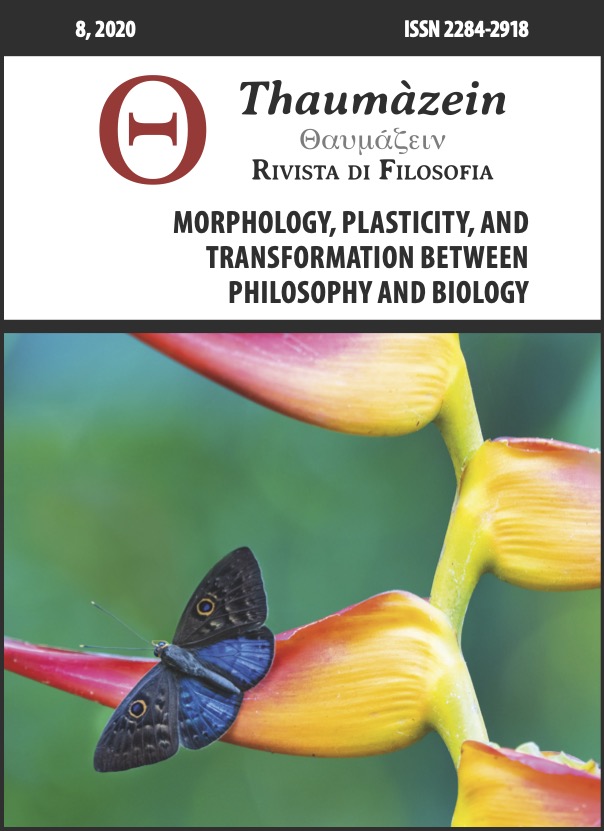Fantastic morphologies: animal form between mythology and Evo-Devo
DOI:
https://doi.org/10.13136/thau.v8i1.111Keywords:
Morphology, Imaginary beings, Evo-Devo Theory, Constraints, FantasticAbstract
Since ancient times, man has shown a genuine passion for the recombination of visual elements in unusual and extraordinary forms; but, if the ancients admitted the existence of mythological creatures, today we are fully aware that their existence is limited to the ontological domain of the “merely thinkable” because imaginary beings are irreconcilable with physical and biological laws. In this article I try to elucidate what differentiates from a morphological point of view the imaginary beings described by the pens of poets (such as Sphinx, mermaids and centaurs) from bizarre but existing animals (i.e. the small South American Axolotl, the Yeti Crab, etc.) or from some specimens belonging to common animal species, but which present strange morphologies due to genetic errors. In dialogue with some positions of contemporary biology and literary criticism, I tried to investigate the rules of form to understand how historical and architectural constraints can influence the morphology of the living and why these existing creatures generate in us at the same time a feeling of wonder and dismay.
Downloads
Published
Issue
Section
License
Copyright (c) 2021 Valeria Maggiore

This work is licensed under a Creative Commons Attribution-NonCommercial-ShareAlike 4.0 International License.
The contents of this work are protected under a Creative Commons 4.0 Attribution-NonCommercial-4.0
International License (https://creativecommons.org/ licenses/by-nc/4.0).


